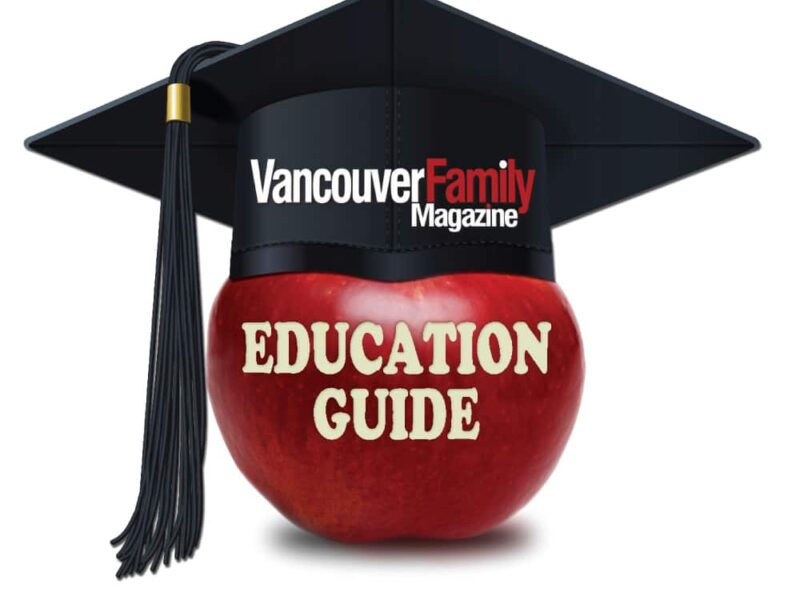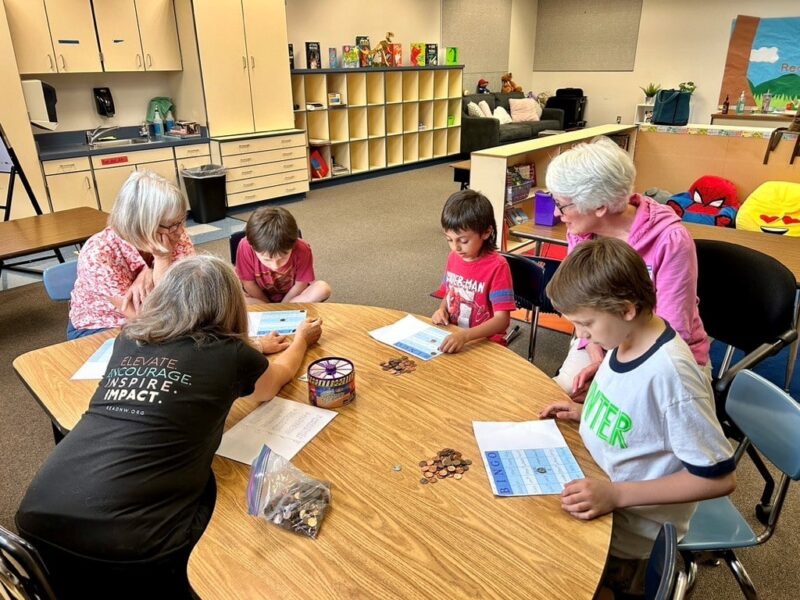Squiggles to Words: The Emergent Writer
Did you know that even babies and toddlers are in the process of becoming readers and writers? Through the support of those around them they will progress from emergent understandings and skills to conventional reading and writing.
If you’ve ever seen a baby help turn pages of a favorite book or clap hands in rhythm to a song, you’ve witnessed the early stages of emergent literacy. Children who are read to regularly begin early on to enjoy the sound of a familiar story, take in accompanying illustrations and engage in ways they can—to join in the fun.
What is Emergent Writing?
Emergent writing is actually part of the broader term emergent literacy, which is a child’s knowledge of reading and writing skills before they actually learn to read and write words. A New Zealand researcher named Marie Clay introduced this concept in 1966 to describe the path children take as they learn to master sounds and letters and grasp meaning when they’re formed into words. There are important components to emergent literacy—the parts that come together over a period of time to build the skills and understandings necessary to read and write.
They are:
Print Motivation
Children exposed to books learn to enjoy reading times, pretending to write and activities such as going to the library. Enthusiastic parents can foster this motivation.
Vocabulary
Children learn that words name things from the names of family members to the word for everything in their surroundings. The richer the child’s vocabulary, the sooner they progress in reading and writing skills.
Print Awareness
Children gain understanding of parts of a book and how a book works. For example, they learn that each book has a cover, a title and there are words inside. Eventually print awareness grows to the recognition of letters and spaces and strings of letters that form words.
Narrative Skills
Children love stories, both those they hear and those they tell themselves. The more they engage in story language, the sooner they want to read and write themselves.
Letter Recognition
Most children learn the alphabet at an early age. From that foundation they go on to recognize both capital and lower case letters. Later they learn the sound(s) each letter makes.
Phonological (Sound) Awareness
Children become aware of sounds in language. They enjoy recognizing rhyming words, and find patterns in the letters of a word. They enjoy clapping syllables or singing along to familiar songs.
It Starts with Squiggles
Children begin to understand that spoken language is made up of sounds and that those sounds are represented by letters. This is a huge leap for them and it happens over time with lots of experiences with pencil and paper. Day by day they’re discovering how writing works. They’ll say, “How do I write ‘cat’?”
Their writing begins with squiggles on paper that represent something real in their world. They’ll make a scribble and say, “This is Mom.” Over time their scribbles become more and more discernible.
Here are the stages children move through as they become more and more skilled in writing:
Drawing and Scribbling
Children begin to understand that messages are conveyed with pencil and paper. They move the pencil to make marks and assign them meaning.
Letter and Letter-like Forms
Children are learning the alphabet via books, labels, written messages in their environment and via songs, rhymes and other exposure gleaned from everyday life. Now they try to reproduce those letters. They’ll try circles for o’s and block shapes for e’s. They’ll begin to know that writing moves from left to right in a straight line.
Beginning Sounds (and other, most noticeable sounds)
Children understand that letters make words and that words have meaning. They may write in all capitals or venture into lower case. They want to know how to spell important words and usually focus on the first sound in a word.
Beginning and Ending Sounds
Children now try both the beginning and the end of a word, spelling cat “ct.” They may also hear a dominant sound such as b in the middle of rabbit, spelling it “rbt.”
Invented Spellings
Now the child is cruising in the writing world. The vowel sounds, which are so tricky and unpredictable, may be misspelled, but the writing is both legible and understandable because it approximates conventional spelling.
Conventional Spellings
Through much trial and error, study and by reading many books, we finally arrive at the conventional spellings of the English language. Many adult writers still make spelling errors as English has so many exceptions to its rules.
Children move through the stages at varying speeds and sometimes hover back and forth between two of them. There is no rush. The focus should be on writing as a tool for communication, not “right or wrong.”
Authentic Writing
Learning to read and write is a complex task, but the wonder is children are thrilled to learn this skill. The trick is to keep a balance of drill and practice kinds of lessons with a higher proportion of authentic writing tasks. Filling in a worksheet on the letter ‘b’ is far less productive than actually writing about a ball or balloon.
Authentic writing tasks ensure children will be more engaged because it seems real to them. They might write a letter to Grandma, make a grocery shopping list, or write a sentence about their favorite superhero. Copying from an entire handwriting book is not as beneficial as one authentic writing experience.
Read books every day, sing together, talk about everything, make writing materials readily available and before you know it, your little writer will emerge.





